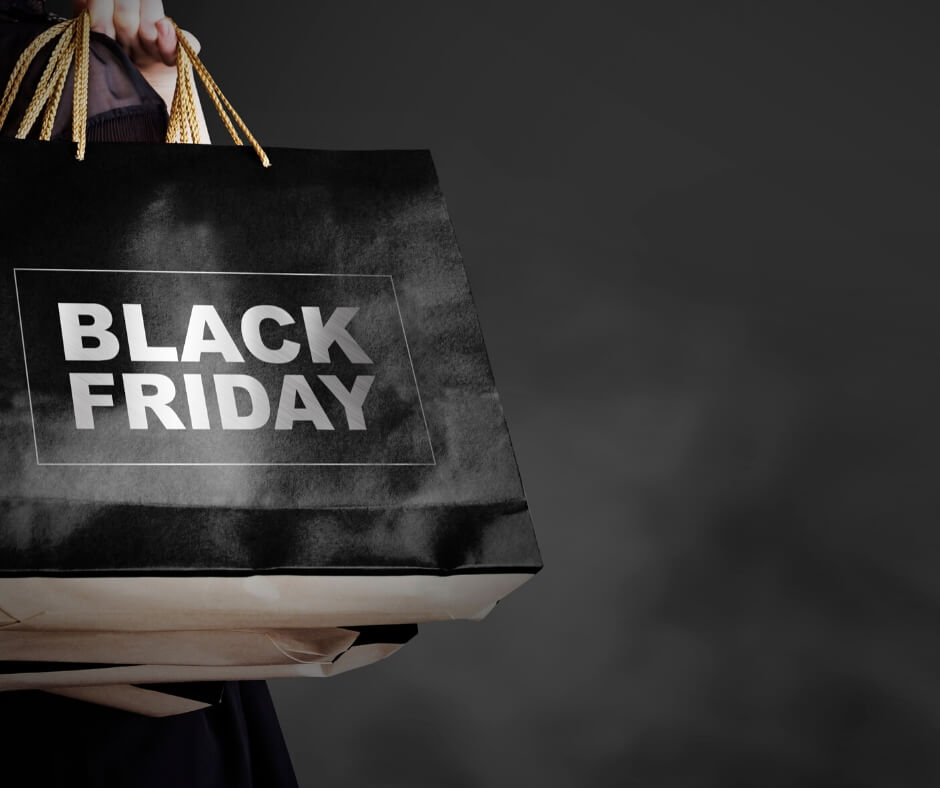
Black Friday may have been upstaged by Cyber Monday last year. But this Nov. 29 still has plenty of potential. Let’s take a deeper look at the history of BFCM sales and how technology has shaped this global sales event.
What is Black Friday?
In the USA, the Friday after Thanksgiving has been the busiest shopping day of the year since the ’50s. But it was only at the start of the third millennium that the phrase ‘Black Friday’ became widely used by retailers for the fourth Friday in November.
The Origins of BFCM Sales
The reason is a combination of events. Historically, for many workers, Thanksgiving weekend was a 4-day weekend. Ever since the ’50s, factory workers called in sick the day after Thanksgiving. Bosses coined it “Black Friday”, and workers called it the perfect time for a shopping spree.
In Philadelphia, electronic appliances were flying off the shelves the day before the Army-Navy game due to a postwar consumer spending boom. When policemen dealt with busy shopping and traffic, they called it the “Black Friday” effect. In the ’70s, New York newspapers picked up the phrase, and the practice spread.
Then, retailers used it in the ’90s to refer to profits. Accountants had different color ink for negative and positive amounts. Even today, being ‘in the red’ means being in debt. Being ‘in the black’ means having money to spare. And the start of the holiday season always nudges yearly profit figures from black to red. So, “Black Friday” it is, then.
Black Friday Trends
1.Gone Global
Thanks to the internet, Black Friday is now a global phenomenon. A quick look at this Statista chart shown below reveals its evolution from a relatively unknown American phrase. But the internet also warped its meaning, as the next few Black Friday trends will show.
2.Starts Thursday
In the USA, retailers now open their doors to Black Friday shoppers on Thanksgiving Day. In fact, you can expect sales to start as soon as people get off work on Thursday, at 5pm. Here’s a 10-year store opening time comparison chart for Macy’s, Target, and Walmart from Statista.
3.Lasts for 5 Days
So, when we say Black Friday today, we’re referring to the 5-day period between Thanksgiving and Cyber Monday. Some call it Black Friday weekend, and some just say ‘BFCM sales’. Amazon coined it ‘Turkey 5’ in 2017. But we all mean the same thing.
4.Prequel to Cyber Monday
Don’t be fooled into thinking that sales are level across the 5-day period. Last year, only $6.2 billion were spent on Friday. But Cyber Monday topped the charts at $7.9 billion, roughly as forecast. So, as of 2018, Cyber Monday is America’s biggest online shopping day.
5.More Mobile
People’s shopping preferences are changing. Online and in-store shopping are now neck and neck in the USA. But mobile phones are gaining ground, with more people using either mobile web browsers (in yellow below) or apps (in grey) to scout for deals.
Note: Although desktop deal browsing is losing traffic share and falling out of favor, it was still the channel generating the most conversions and the most revenue last year.
6.Same but Different
Europeans would rather surf the net for their products on a PC than go to the shops. And there’s less interest in mobile shopping apps in Canada than in any of the three other featured countries. Find out more in the 2018 Statista report.
7.Everyone’s In
According to MuchNeeded, there are slightly more female shoppers than male on Black Friday. And somewhat surprisingly, their marital status may matter. The scale looks like this: widow(er)s and divorcees first, followed by couples, and finally singletons.
8.Age is but a Number
The same source claims millennials, born in the ’80s and ’90s, are the most enthusiastic Black Friday shoppers. Next in line are Generation X, or the cohort born from the mid-sixties onwards. Then it’s Baby Boomers, now in their 50s, 60s, and 70s.
9.Smart Devices Rule
The most popular items by far are smartphones. But although they made up more than half of Black Friday online traffic last year, they only generated about a third of revenue. That’s due to cart abandonment. In any case, gadgets make up the bulk of BFCM sales.
10.Discounts are Deep
Black Friday always falls between Nov. 23 and 29. So, retailers have about a month’s worth of stock to shift before Christmas. And they’re desperate to drive revenue and boost yearly profit figures. Hence the heavy discounts; about 36% in-store and 23% on Amazon, on average.
For retailers who plan to extend their Black Friday online sales to Amazon, we recommend our real time repricer, Sellery. Designed for Amazon sellers who don’t want their BFCM sales to descend into all-out price wars for, it’s the solution to fully customized pricing strategies that maximize Buy Box ownership, sales, and profits. Click here to start your free trial today.
What these Black Friday trends show us is that BFCM sales are a cross-cultural and cross-generational event. And even though Black Friday online deals aren’t as tempting as in-store discounts, the convenience of online shopping is turning people away from the cash register and onto screens. To drive sales and profits, sellers need to embrace these trends.
Melanie takes an active interest in all things Amazon. She keeps an eye on the latest developments and keeps Amazon sellers up to speed.